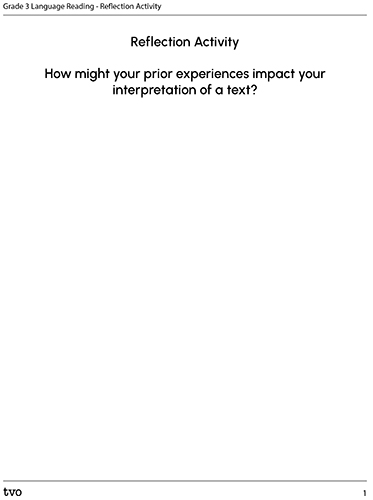Minds On
Making inferences in our daily lives
Imagine cheering on your friend as they receive an award for all their hard work this year because they helped to create an outstanding initiative for the whole school. They are in the center of the stage, smiling happily as they receive their award!

Student Success
Think-Pair-Share
How do you think your friend is feeling about the situation? What is happening? What clues would you use to help you support your guess?
If possible, discuss your thoughts with a partner.
Note to teachers: See your teacher guide for collaboration tools, ideas and suggestions.
Student Tips
Inference
Using our personal experiences and other clues to make a guess about a situation is called ‘making an inference.’ How do we apply this skill when we are exploring a story or text?
Action
Why do we make inferences?
Sometimes the author and/or illustrator of a text does not tell us everything that is happening in a story. They leave us clues in the text. Learners use their knowledge (schema) and the clues found in the text to make inferences beyond what is stated in the words or in a picture.
Knowledge (Schema) + Clues found in a text = Inference
Making inferences is a strategy which gives learners a deeper understanding of the text. Making inferences can help learners in many ways. Some of these ways include:
- predicting what will happen next in a story
- understanding why a character chooses to make certain decisions
- understanding how a character is experiencing a situation
Brainstorm
What do you think?
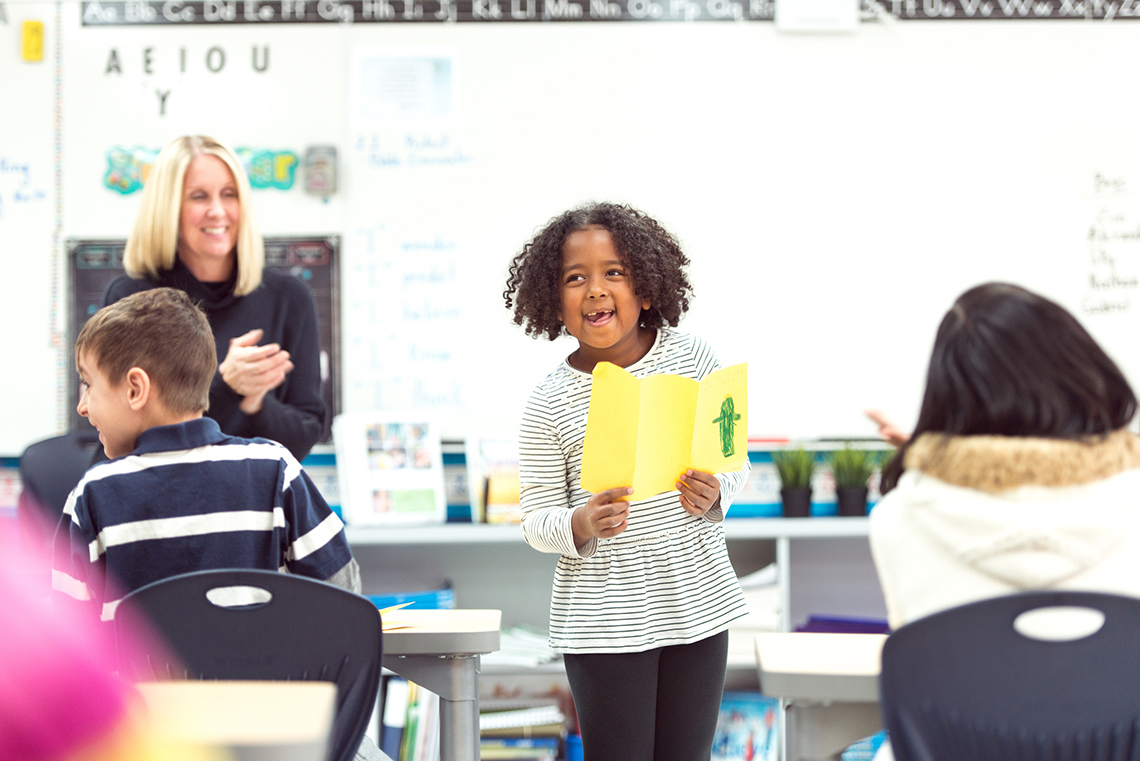
Think about other ways learners could make inferences to help them.
Task 1: Using clues from the text
Explore, The Accident by Lori Friesen, then examine the passages in the following chart. As you explore the text, make inferences using the clues in the text. Record your inferences using a method of your choice.
The following component is not optimized for a non-visual experience. A transcript is available.
Task 2: Making inferences
Explore the following passages and try making an inference for each! Examine the passages and the questions in the My Inferences column. Consider your own knowledge and experiences then find the evidence from the text to answer the questions.
Complete the Making Inferences: Using Clues From the Text Activity in your notebook or using the following fillable and printable document. If you would like, you can use speech-to-text or audio recording tools to record your thoughts.
| Making Inferences | ||
|---|---|---|
| Passage | My Inference(s) | Evidence From Text |
| Liam’s bicycle was leaning against the oak tree with a flat tire. He was sitting on the curb, still wearing his helmet, holding his bleeding knee. He tried to wipe the dirt away, but it stung. It looked bad, but not as bad as his parents’ car that was parked in the driveway. | ||
| He got up and hopped over to get a closer look. The side-view mirror was shattered and there was a big dent in the car door. There was no way his parents wouldn’t notice. | ||
| He winced in pain as he looked up at the big bay window that faced the street. Maybe there was still time to come up with a good story. His parents had told him it was ok to ride his bike on the sidewalk as long as he was careful. | ||
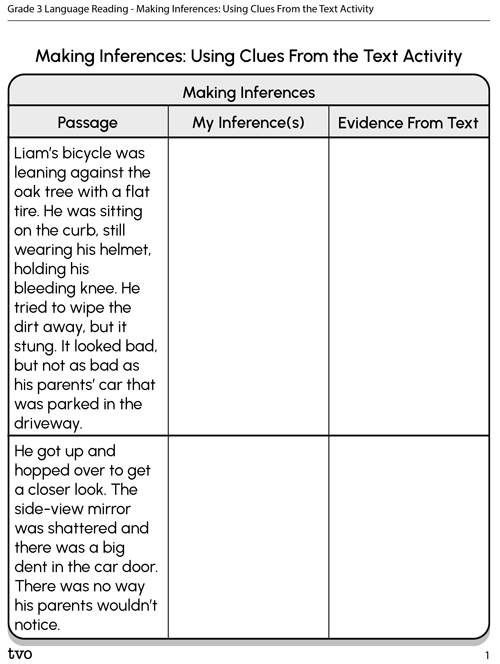
Press the Activity button to access the Making Inferences: Using Clues From the Text Activity.
Activity (Open PDF in a new tab)Consolidation
What will happen? What already happened?
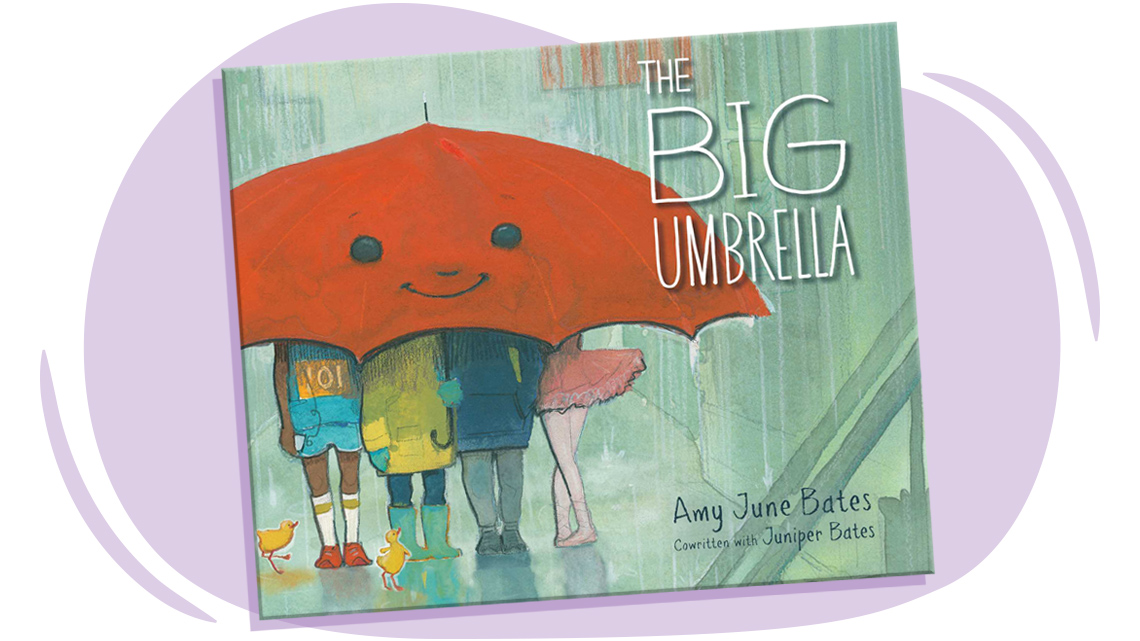
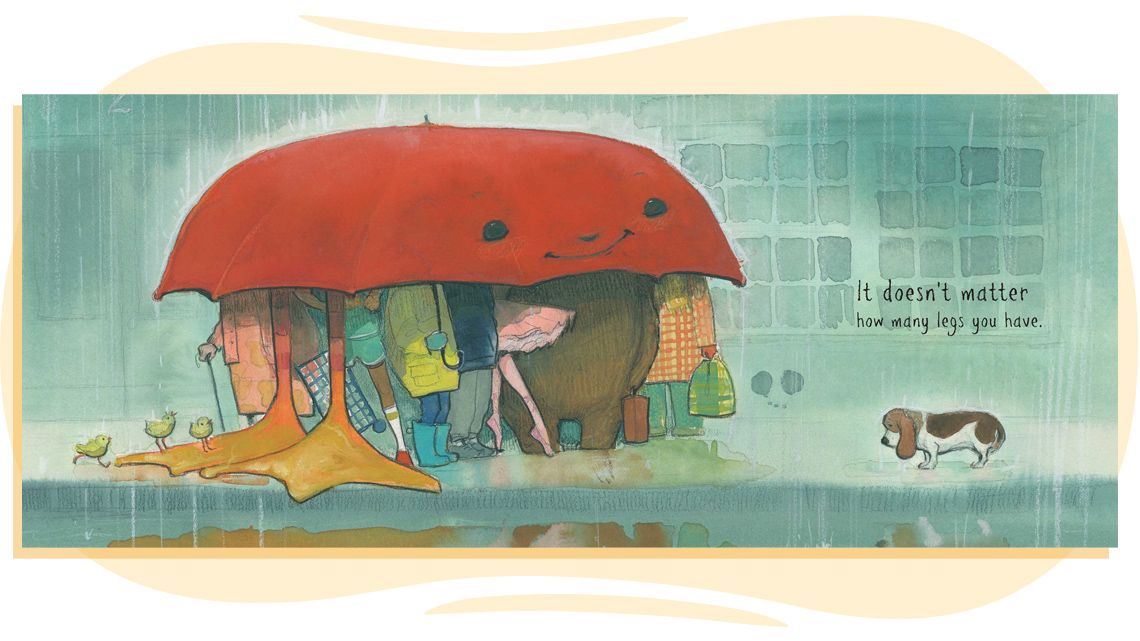
Use a small section of the book above called The Big Umbrella by Amy June Bates and Juniper Bates or select your own passage from a story or audio book. Use clues from the text and your prior experiences to answer one of the questions below:
- How do you think the story will end?
- What do you think happened before this part of the story?
Complete Making Inferences Activity fillable organizer or use another method of your choice to record your ideas.

Press the Activity button to access the Making Inferences Activity.
Activity (Open PDF in a new tab)Bringing it all together
Reflecting on our learning helps us to support our understanding of a text. Consider the following question:
- How might your prior experiences impact your interpretation of a text?
Complete the Reflection Activity fillable organizer or record your reflection using another method of your choice.
Reflection
How do you feel about what you have learned in this activity? Which of the next four sentences best matches how you are feeling about your learning? Press the button that is beside this sentence.
I feel...
Now, record your ideas about your feelings using a voice recorder, speech-to-text, or writing tool.
